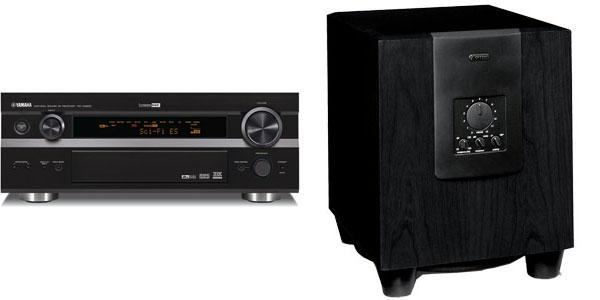Setting up a subwoofer is often not an easy task, but once you get familiar with the proper procedures it will be a breeze. These are the most common.
Subwoofer's crossover set to off or MAX setting.
AVR Settings:
All speakers set to small.
AVR crossover set to 80 Hz. (Unless you are using very small speakers).
Subwoofer set to on/yes.
LFE + Mains set to off/no.
Dolby Dynamic Range Compression (DRC)or Midnight Mode circuit set to off/no.
LFE channel enabled.
LFE channel level, NOT attenuated. Full on.
THX modes (if you have one) off.
Subwoofer pre-out level range set to 0 (flat). (Some audiophiles recommend -5, but you can tweak these levels depending on the source, your room conditions, and your listening tastes).
Subwoofer phase control, set to 0 then 180 using your AVR's test tones. Keep the setting that sounds the loudest.





























































